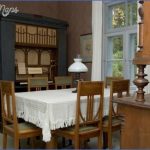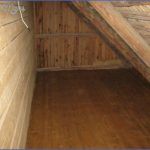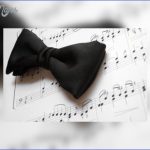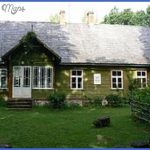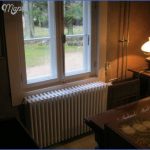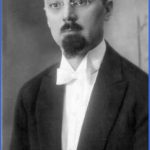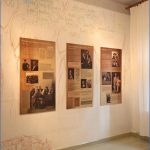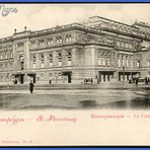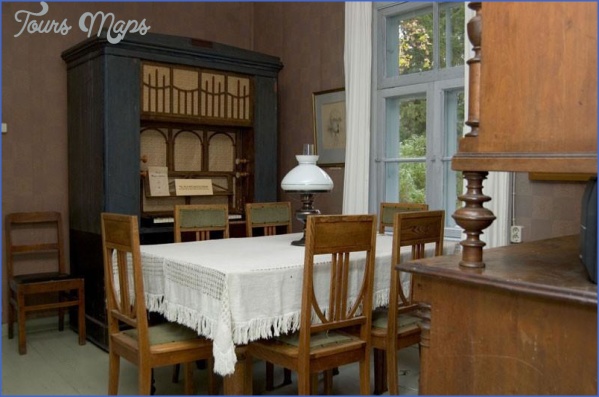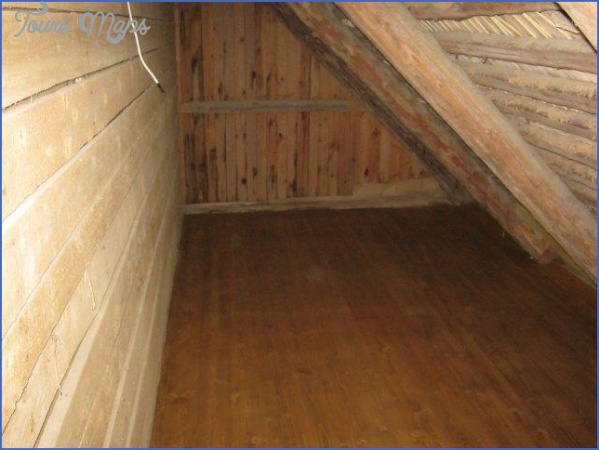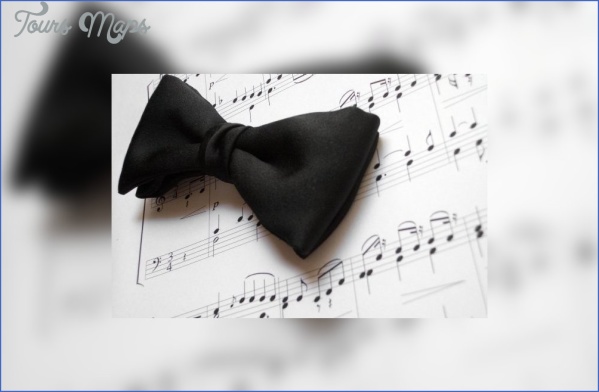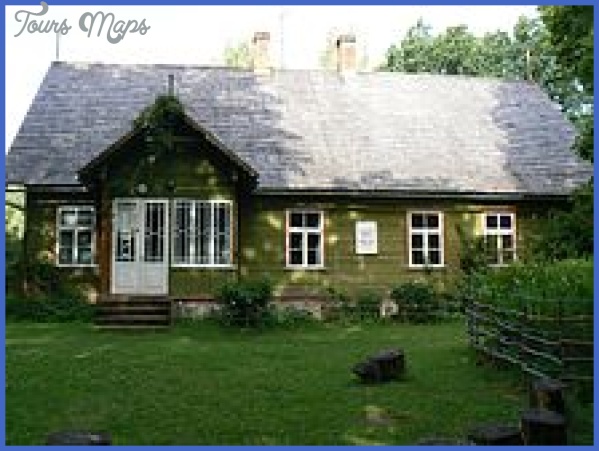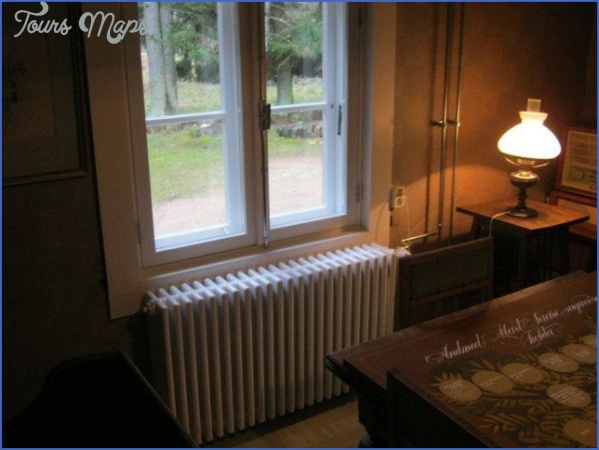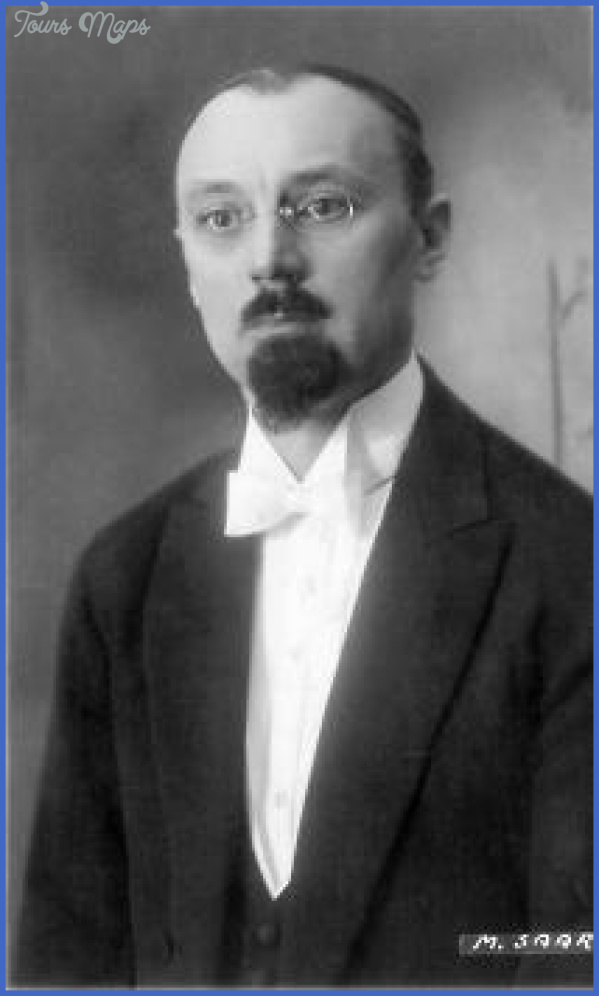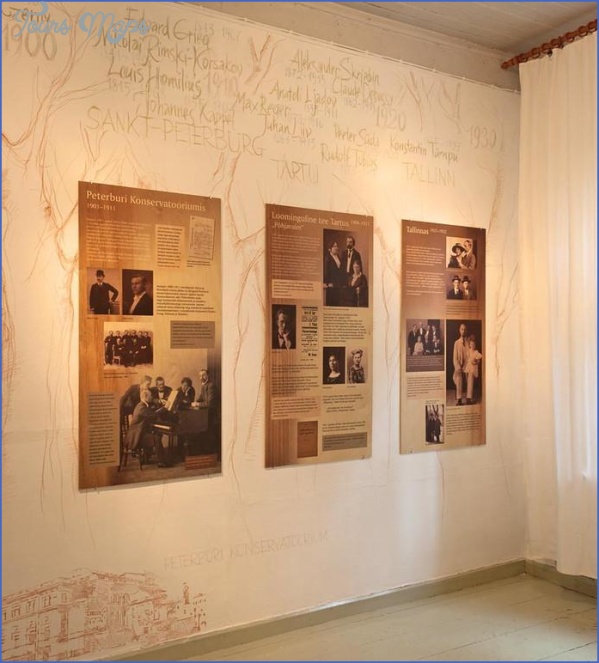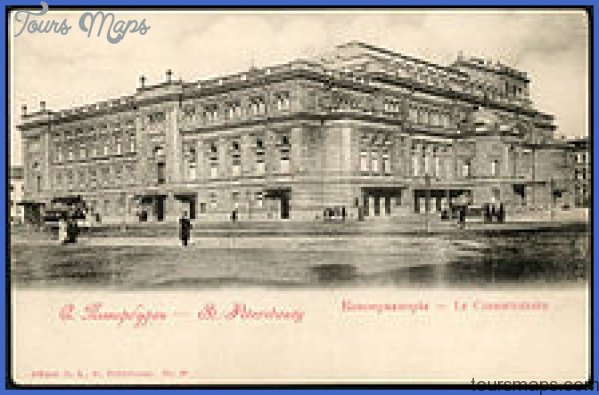Helilooja Mart Saare Muuseum
SAAR MUSEUM
You have to go some way off the beaten track in Estonia to find the museum in the summer home at Hupassaare or Upassaare of the composer Mart Saar (1882-1963), who found inspiration in native folk music traditions for his piano pieces and choral works.
Helilooja Mart Saare Muuseum Photo Gallery
To find it from Suure-Jaani (the nearest town, where the museum to the Kapp family is), go west on the road north of the town towards Kaansoo through birch forests for about seven kilometres; if you are vigilant you will see a small sign directing you left on to a logging road to Hupassaare, just over ten kilometres away. (Coming direct from Tallinn, through Paide, it is about 140 km to Kaansoo, and after five kilometres towards Suure-Jaani look for a logging road to the right and take it for seven kilometres.) Then there is a further kilometre down a rutted dirt-track, ending in a meadow, which doubles as a car park. The rest of the journey (300 m) is made on foot, along a path that leads through an open-air concert venue for folksinging (equipped with wooden risers and benches, and seemingly midge-infested) and finally to Mart Saar’s house, which is almost obscured by the remnants of an orchard and an overgrown garden. How long the museum, which was founded in 1972, can survive in so remote a setting must depend largely on the role folk music plays in Estonian cultural life. At present it is lived in and cared for by the composer’s elderly niece. Two rooms, Saar’s study and his bedroom, are preserved much as he left them. The enclosed porch serves as a lobby and the entrance hall as a display space for collages of facsimile photographs and documents chronicling his life, together with editions and recordings of his music. The dining-room contains his organ and a gramophone on which recordings of his music as well as an interview with him (in Estonian) can be played. His study is furnished as a sitting-room with his piano and desk, with his glasses, inkstand and pens. Here and in the bedroom are portraits of Beethoven. The bedroom, which looks as if he has just left it, is spartan, relieved only by his radio on the table and his well-worn slippers by the bed. There is a display case with more of his clothing: his overcoat, hat, gloves, umbrella, cane and briefcase representing his outward, professional persona and his ties, trousers and waistcoats his private one. For a moment the visitor almost feels himself to be an intruder. Like his friends Rudolf Tobias and Artur Kapp, also commemorated in Estonia with house museums, Saar studied first with Joosep Kapp and then in St Petersburg (1901-8) with Rimsky-Korsakov. Unlike them, however, he began collecting folksongs, which strongly influenced his harmonic language and melodic style. After working in Tartu as a music critic and teacher, he divided his career between Tallinn, where he taught at the Conservatory (1943-56), and his woodland retreat at Hupassaare where he could compose. He died in Tallinn and was buried in Suure-Jaani, close to the Kapp family. There is a bust of Saar in the concert hall of the Museum of Theatre and Music in Tallinn.
Maybe You Like Them Too
- Explore Deloraine, Canada with this detailed map
- Explore Daund, India with this Detailed Map
- Bakel, Netherlands A Visual Tour of the Town
- Explore Apapa, Nigeria with this Detailed Map
- Explore Angleton, Texas with this detailed map

